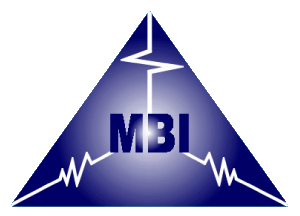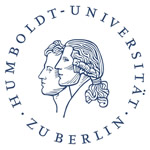Quantum Photonics
Nano-scale quantum-optical functional elements combine traditional integrated optical components with quantum-optical concepts. In addition to the emission, propagation, and detection of single photons, applications of such functional elements in (scalable) quantum information processing schemes further require the realization of strong few-photon nonlinearities. All of this may be accomplished via the controlled incorporation of quantum emitters into integrated-optical networks.
 Snapshots of the momentum distribution corresponding to two distinct photons in a waveguide that (almost) simultaneously interact with a two-level quantum emitter. After scattering, the final state exhibits a pattern that corresponds to a superposition of both photons being transmitted, both being reflected, and one photon being transmitted and the other one being reflected - thus demonstrating the controlled generation of entangled quantum states (adapted from Physical Review A 83, 063828 (2011)).
Snapshots of the momentum distribution corresponding to two distinct photons in a waveguide that (almost) simultaneously interact with a two-level quantum emitter. After scattering, the final state exhibits a pattern that corresponds to a superposition of both photons being transmitted, both being reflected, and one photon being transmitted and the other one being reflected - thus demonstrating the controlled generation of entangled quantum states (adapted from Physical Review A 83, 063828 (2011)).
In this research area, we work on theory of photon transport in low-dimensional wave-guiding structures with embedded quantum emitters. This includes the investigation of the nonlinear scattering mechanisms of identical photons at two-level systems, bound photon-atom states that form in the vicinity of slow-light regimes near cut-off frequencies (or band edges), and the interaction of photons with three-level systems.



